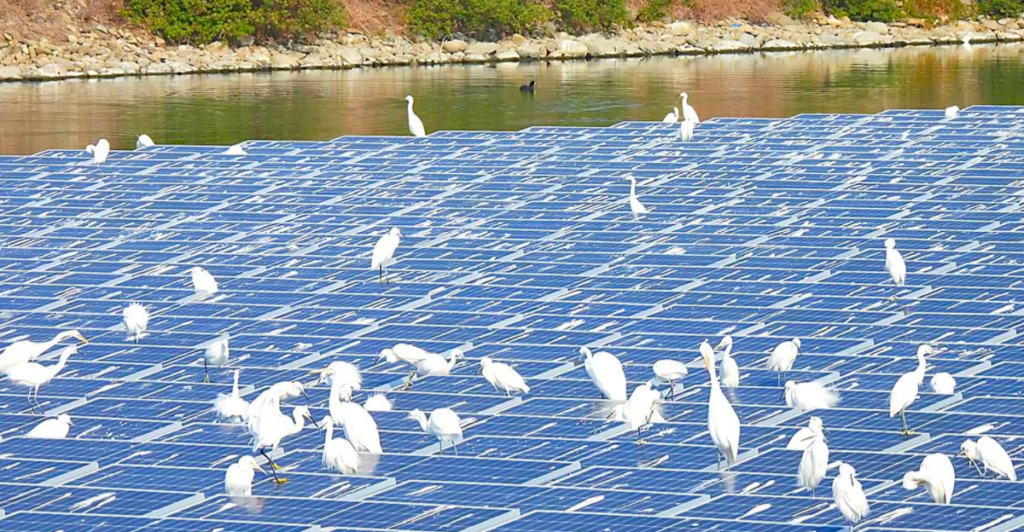
Solar farms are pivotal in transitioning to renewable energy, offering a sustainable alternative to fossil fuels. Beyond energy production, well-managed solar installations can serve as sanctuaries for local wildlife. By thoughtfully integrating ecological considerations into their design and maintenance, these facilities can enhance biodiversity and provide habitats for various species. This article explores how strategic management of solar farms can positively impact surrounding wildlife, transforming energy landscapes into thriving ecosystems.
Habitat Creation Through Native Vegetation
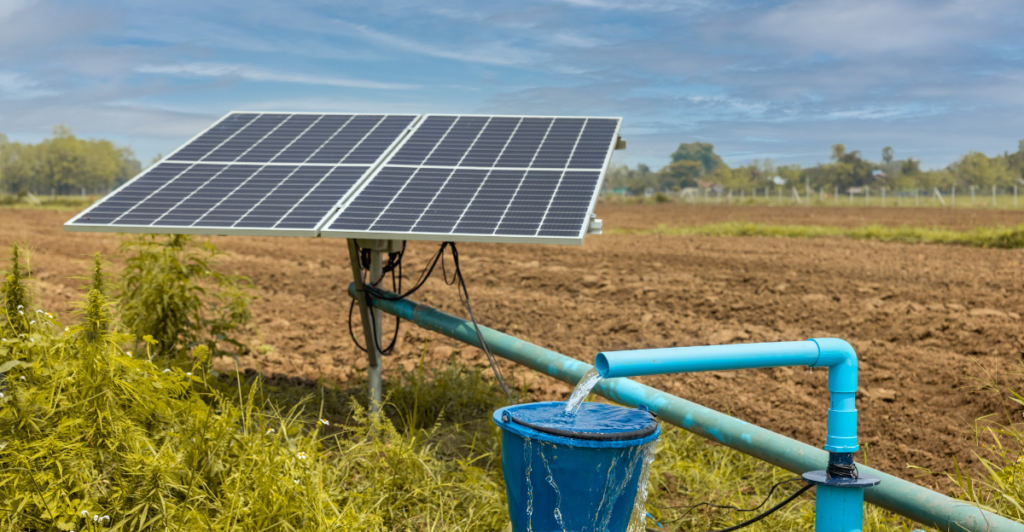
Incorporating native plants around solar panels fosters habitats for pollinators like bees and butterflies. This practice not only supports these crucial species but also promotes the entire ecosystem’s health. For instance, the Center for Pollinators in Energy highlights that solar-pollinator habitats can address environmental challenges by enhancing biodiversity while generating clean energy.
Designing Wildlife Corridors

Ensuring connectivity between habitats is essential for wildlife movement. Solar farms can have corridors that allow animals to traverse safely, reducing habitat fragmentation. The Clean Energy Council emphasizes the importance of creating wildlife corridors within solar projects to link existing habitats, facilitating species movement and genetic diversity.
Implementing Pollinator-Friendly Practices
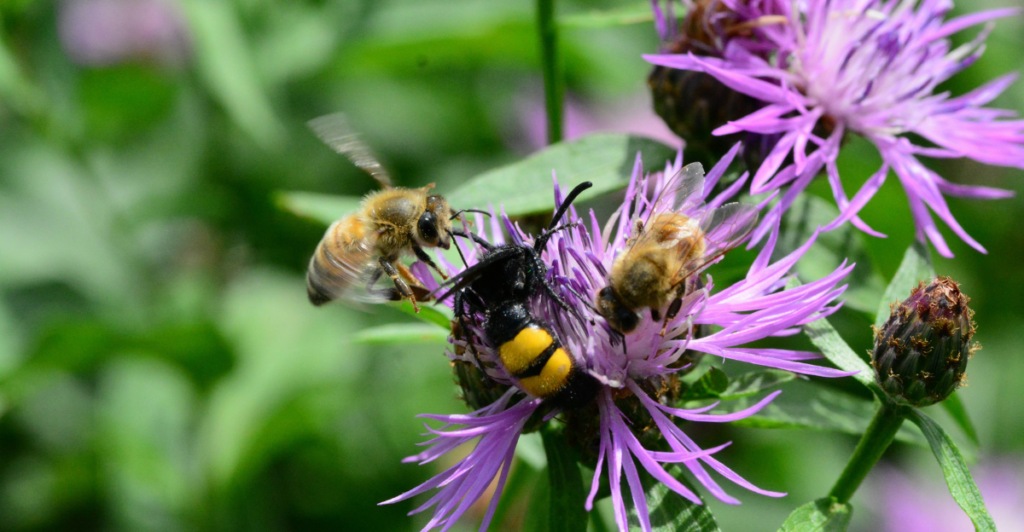
Establishing pollinator-friendly environments within solar farms can significantly boost local biodiversity. Planting native flowering species attracts bees, butterflies, and other pollinators, vital for ecosystem health. The New Yorker reports on initiatives transforming solar fields with native, pollinator-attracting flora, effectively combining renewable energy production with biodiversity enhancement.
Grazing Management for Vegetation Control
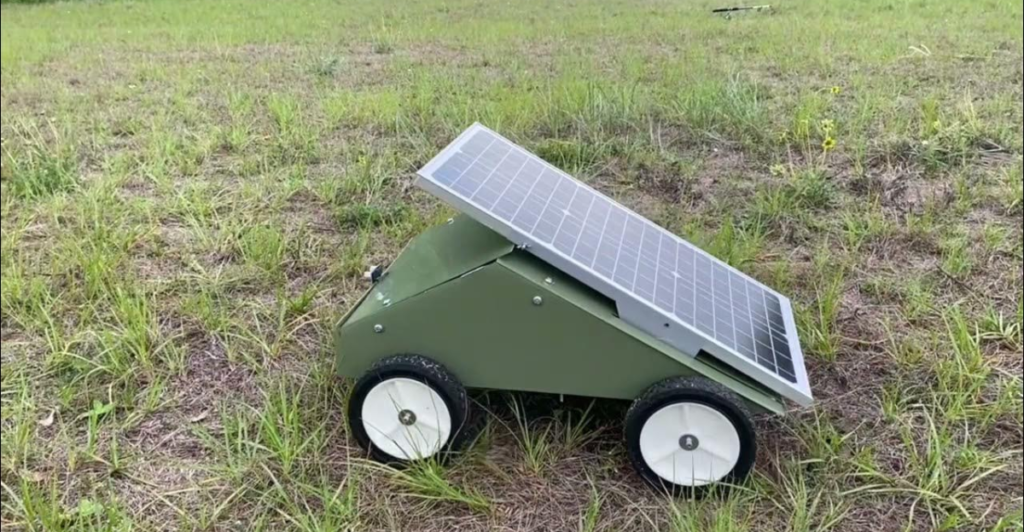
Utilizing livestock, such as sheep, for vegetation management under solar panels offers a sustainable alternative to mechanical mowing. This practice maintains plant growth, supports soil health, and provides a habitat for ground-nesting species. The USDA’s Conservation Guidance notes that many types of wildlife, including pollinators, can coexist on solar farms without conflict, mainly when grazing is managed appropriately.
Minimizing Light Reflection to Protect Birds
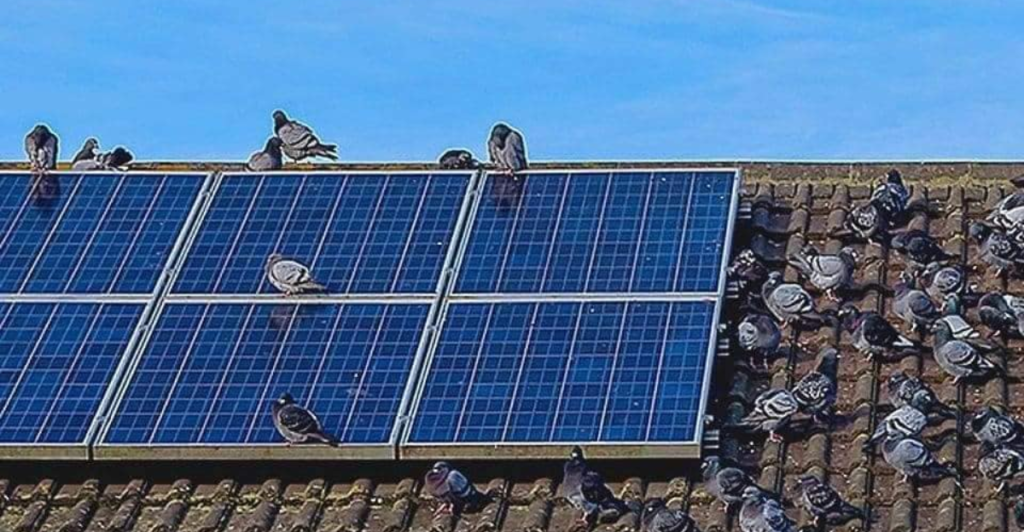
Using materials that reduce light reflection can mitigate bird collisions with solar panels. Designing panels with anti-reflective coatings helps prevent avian accidents, ensuring safer habitats for bird populations. Suntegrity Solar suggests that using materials reflecting less light can help prevent bird collisions with solar panels, contributing to avian conservation.
Avoiding High Biodiversity Areas
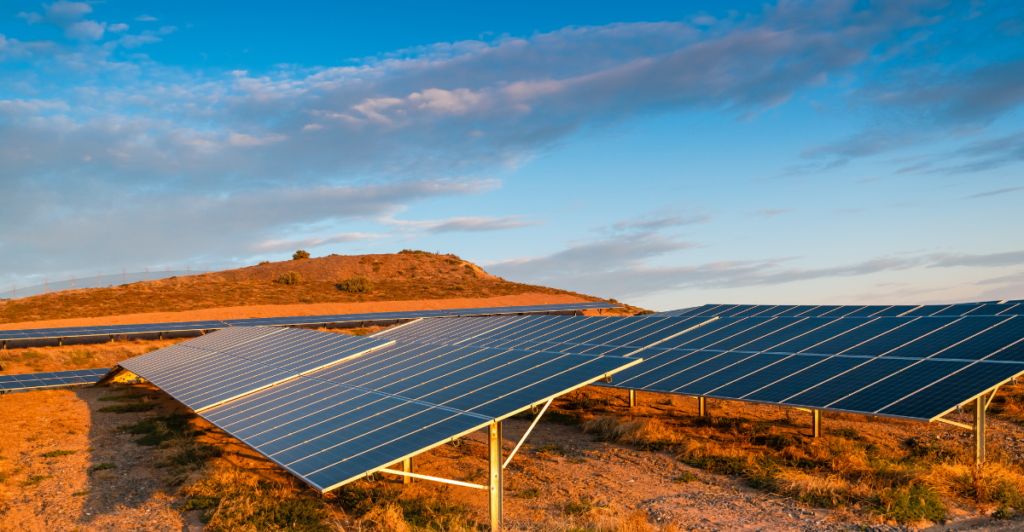
Selecting sites for solar farms away from regions of high native biodiversity minimizes ecosystem disruption. Prioritizing degraded or previously disturbed lands for solar development helps protect sensitive habitats. PBS North Carolina highlights guidelines recommending avoiding areas with high native biodiversity to reduce environmental impact.
Protecting Water Resources
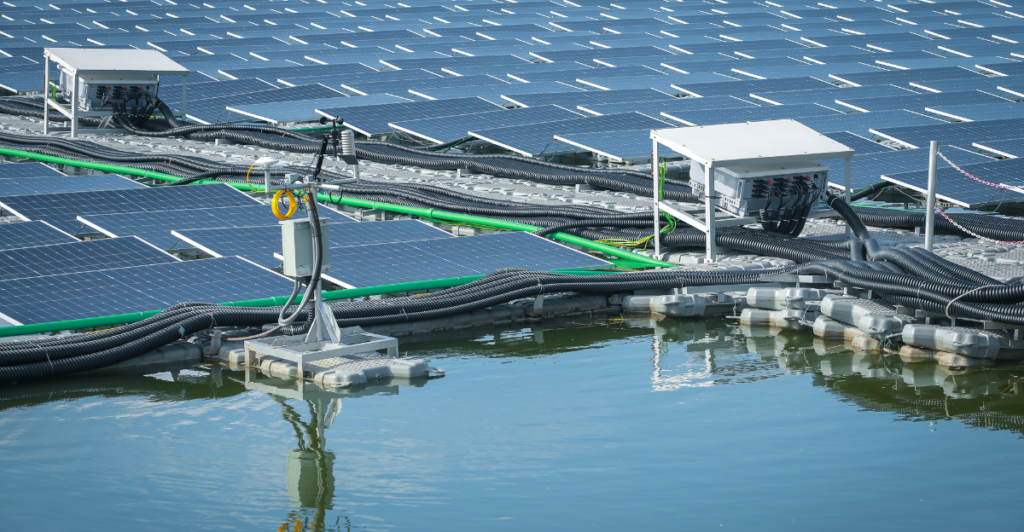
Implementing measures to manage stormwater runoff from solar installations is crucial to prevent soil erosion and protect aquatic habitats. Proper drainage systems and maintaining vegetation cover can mitigate adverse impacts on water quality. The Nature Conservancy advises protecting water quality and avoiding erosion as part of best management practices for solar farms.
Monitoring and Research Initiatives
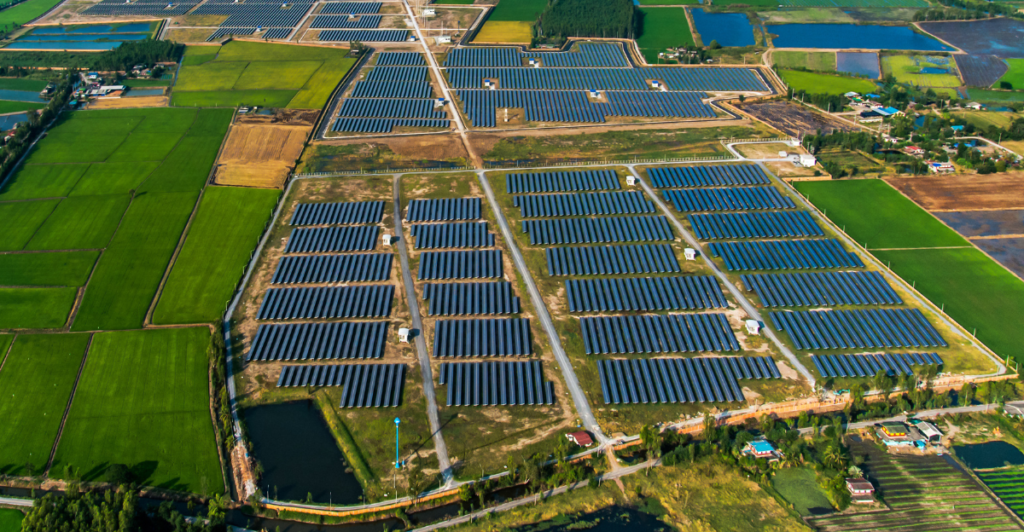
Continuous monitoring of wildlife interactions with solar farms informs adaptive management strategies. Research efforts help identify potential risks and develop solutions to enhance the coexistence of energy infrastructure and wildlife. The U.S. Department of Energy emphasizes additional research to understand wildlife interactions with solar energy infrastructure and improve design and management strategies.
Community Engagement and Education

Involving local communities in the planning and management of solar farms fosters stewardship and awareness of wildlife conservation efforts. Educational programs can highlight the benefits of integrating renewable energy with ecological preservation. Collaborative approaches ensure solar developments align with energy goals and environmental values.
Case Study: Wildlife Thriving on UK Solar Farms
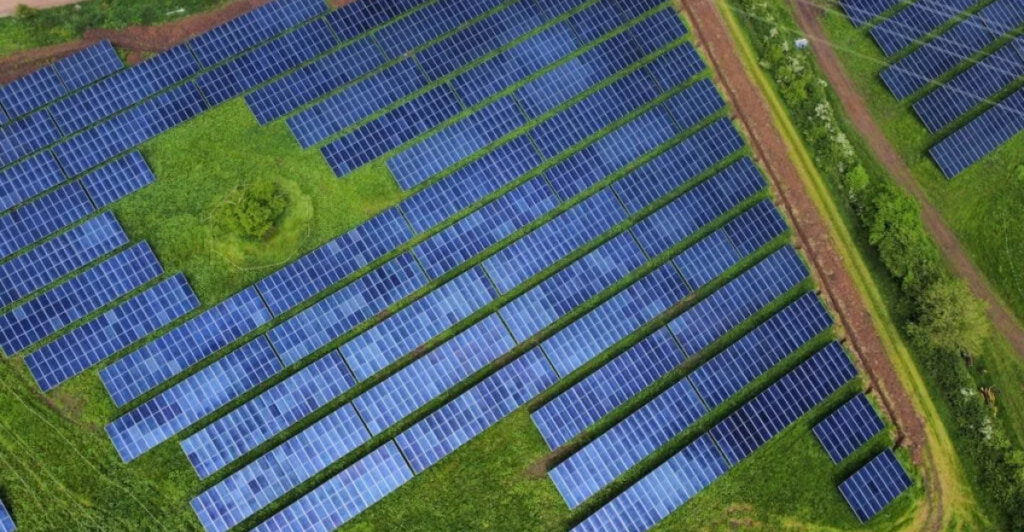
A survey in the UK found that species such as hares and skylarks are commonly observed on solar farms, indicating that these installations can provide valuable habitats. This example demonstrates the potential for well-managed solar farms to support local wildlife populations. Solar Energy UK reports that hares and skylarks are among the most commonly seen large wildlife on UK solar farms, showcasing the successful integration of energy production and wildlife conservation.
Balancing Energy Production and Conservation
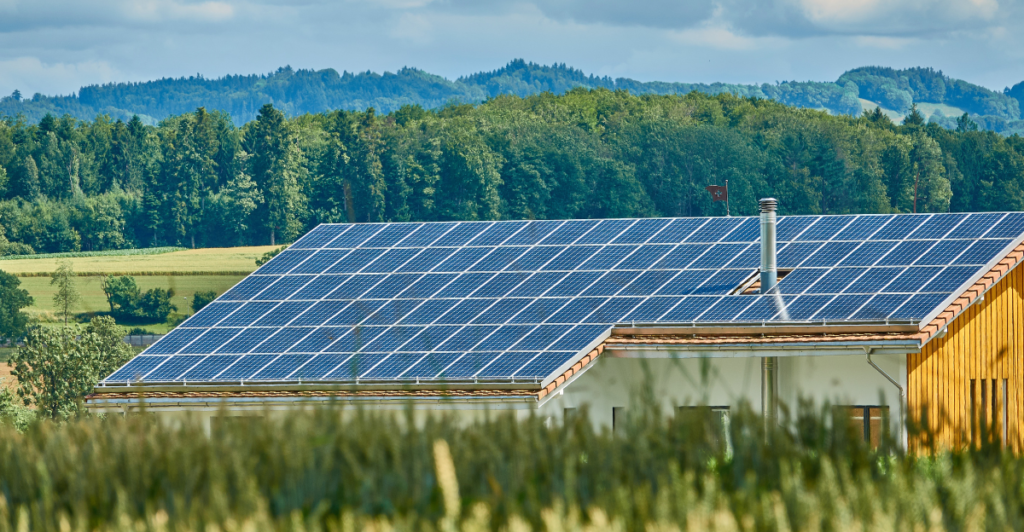
While solar farms offer renewable energy benefits, careful consideration is necessary to balance energy production with wildlife conservation. Implementing best practices and site-specific strategies ensures the ecological solar installations’ environmental footprint. The U.S. Fish and Wildlife Service provides voluntary best management practices to help the solar industry reduce impacts on at-risk species and habitats.
A Harmonious Future
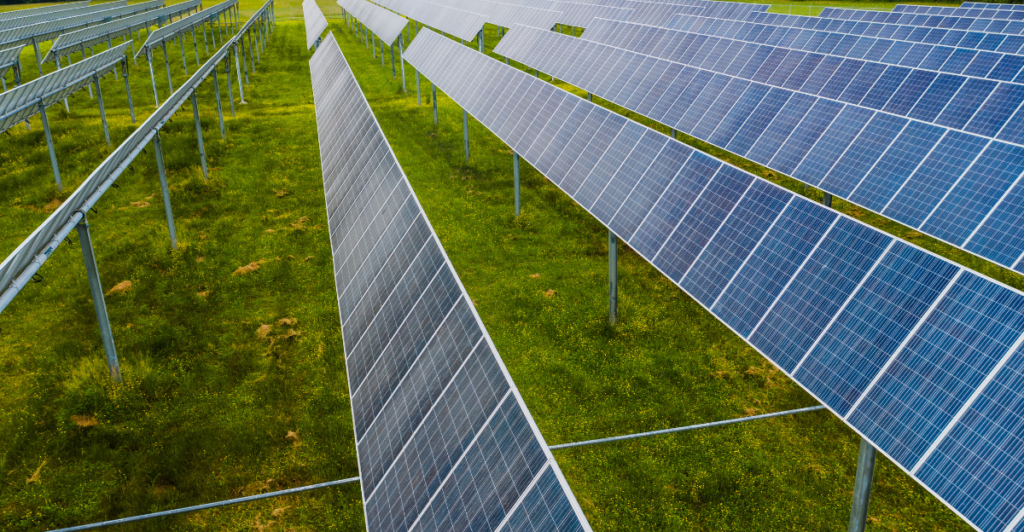
Integrating thoughtful wildlife management into solar farm operations presents an opportunity to advance renewable energy while promoting biodiversity. By adopting practices that support local ecosystems, solar farms can become models of sustainable development, benefiting both humans and wildlife.







